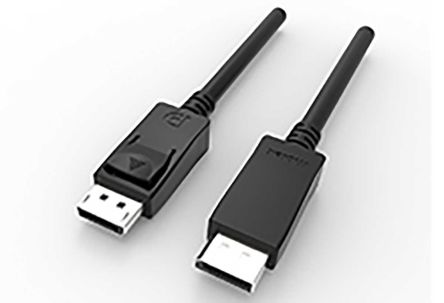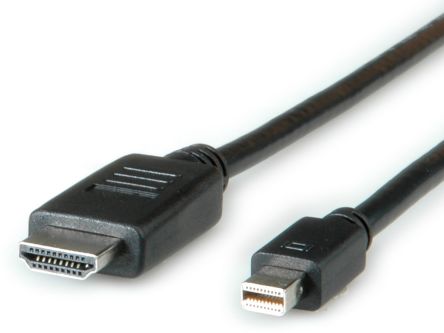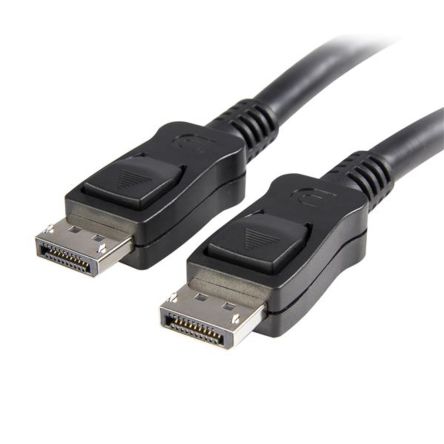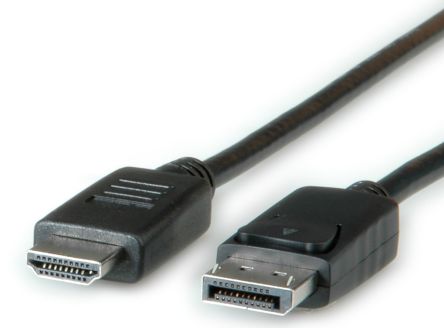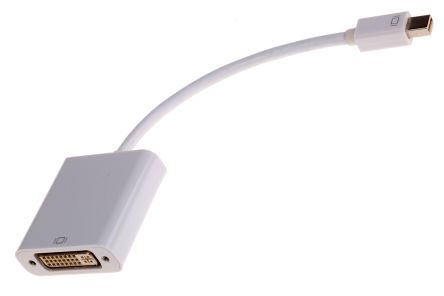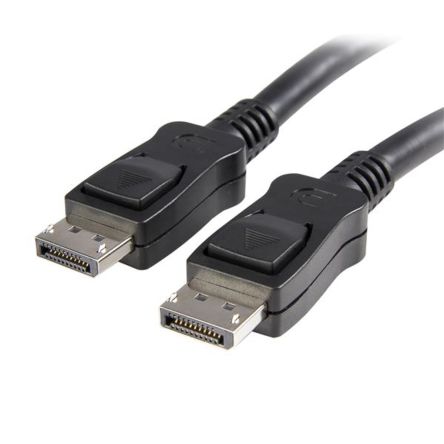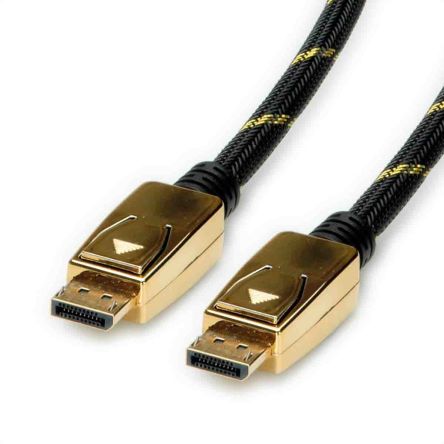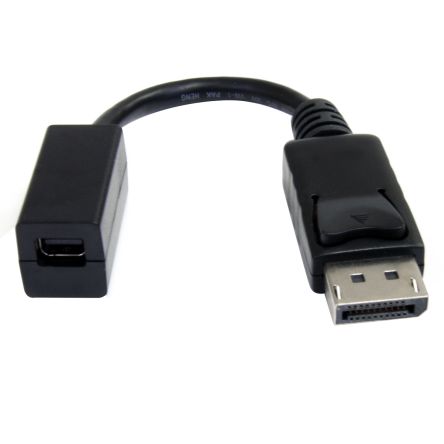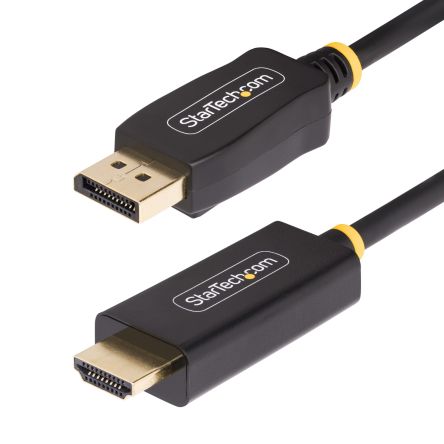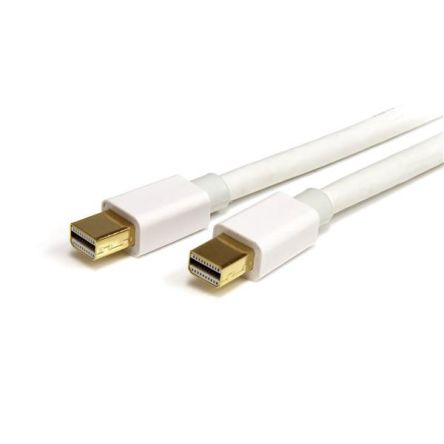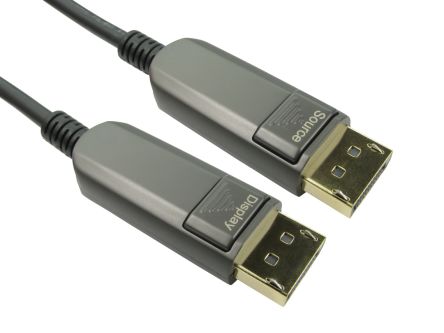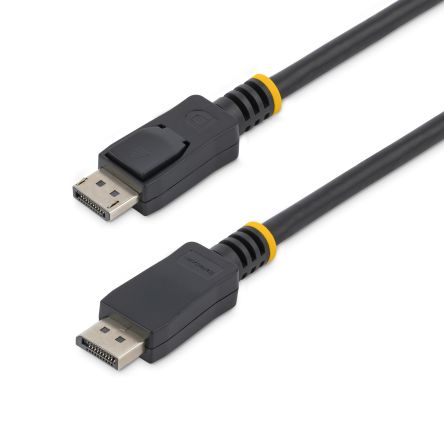- Automation & Control Gear
- Cables & Wires
- Enclosures & Server Racks
- Fuses & Circuit Breakers
- HVAC, Fans & Thermal Management
- Lighting
- Relays & Signal Conditioning
- Switches
- Batteries & Chargers
- Connectors
- Displays & Optoelectronics
- ESD Control, Cleanroom & PCB Prototyping
- Passive Components
- Power Supplies & Transformers
- Raspberry Pi, Arduino, ROCK, STEM Education & Development Tools
- Semiconductors
DisplayPort Cables
Displayport cables are high performance digital cables used to connect computer monitors, laptops, and other devices to display screens. It supports the transmission of high-resolution video and audio signals, making it a popular choice for connecting devices that require high-quality display output. A display port is always male on the cable and female on the device. All DP cables have the same basic layout and wiring and will support any feature including audio, daisy-chaining, HDR and DSC. You can learn more in our guide to DisplayPort cables.
How are DisplayPort Cables Classified?
DisplayPort cables are classified only by their bandwidth certification level:
- RSR (Reduced Bit Rate), RBR DisplayPort Cable - Bandwidth 6.48 Gbit/s
- HBR (High Bit Rate), Standard DisplayPort Cable - Bandwidth 10.80 Gbit/s
- HBRS (High Bit Rate 2), Standard DisplayPort Cable - Bandwidth 21.60 Gbit/s
- HBR3 (High Bit Rate 3), DP8K Cable - Bandwidth 32.40 Gbit/s
Before choosing the cable, you will need to consider the connector type on each end of the cable and also the cable length.
Types of DisplayPort
Standard - about the size of a USB connector, commonly used on DisplayPort-enabled PC monitors.
Mini - commonly used for the DisplayPort output on notebook PCs including Apple products which includes Thunderbolt.
Benefits of DisplayPort
DisplayPort cables are used with a range of devices including tablets, notebooks, desktop computers, monitors and televisions and include benefits such as:
- High display performance
- Robustness and versatility
- Highest level of system integration
- Ability to connect multiple displays to a single video output
How is DisplayPort different from HDMI
HDMI was made primarily for home entertainment systems and is used widely on HDTVs as an AV interface. Some PCs and monitors include HDMI to enable connectivity with HDTVs. However, for really high resolutions and frame rates, other options like a DisplayPort might be better.
DisplayPort is a newer standard originally developed to support the higher performance requirements of personal computers, enabling an increase in performance and integration. It provides a more robust and stable AV link. DisplayPort can deliver 4K video over a length up to 2m using a passive cable. A 15m passive cable limits resolution to 1080p and it should manage up to 2560 x 1600 - pixel resolution over 5m.
